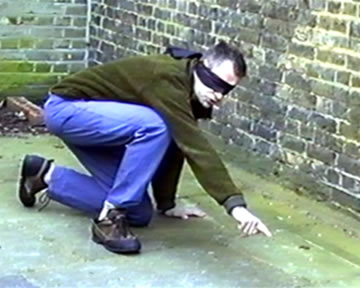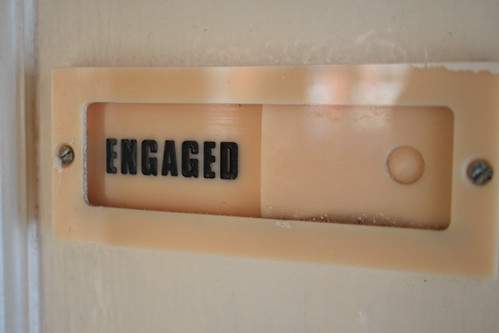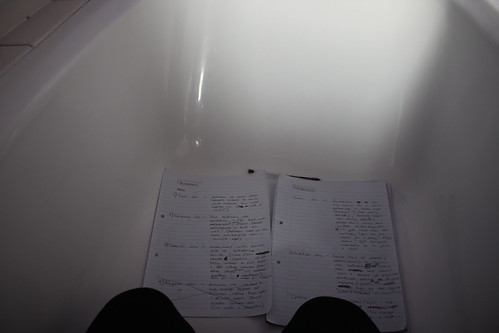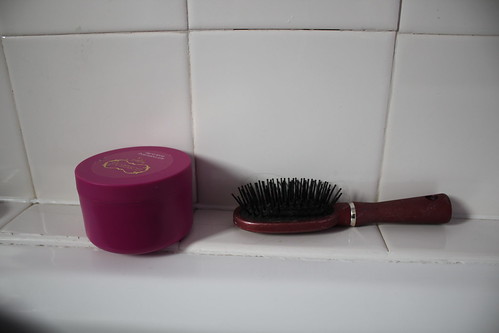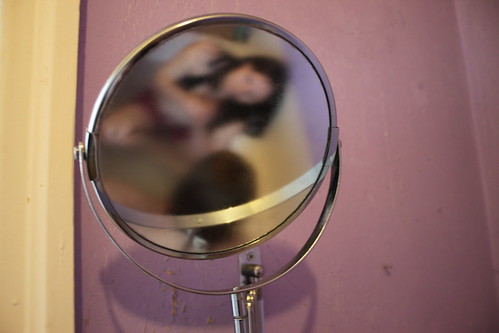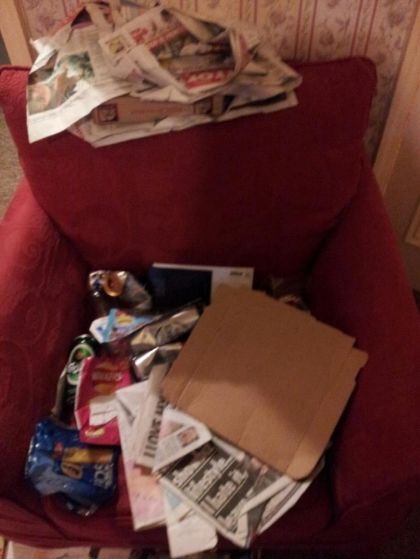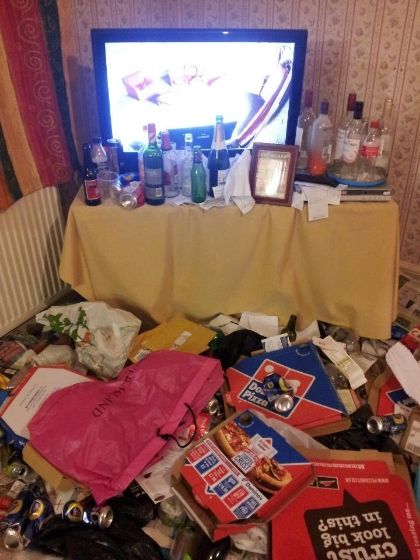When I first stepped into the house that was to become our temporary home for the first time, despite the fact that it wasn’t so aesthetically pleasing, I couldn’t help but feel oddly comforted, for one it reminds me of the house I currently reside at in Lincoln, and two, its emptiness calls out to me. I see an empty space, and instantly all I want to do is decorate it, to make it feel ‘homey’ and it wasn’t until I visited this house on West Parade that I realised how strong this desire seems to be.
‘What does homeliness mean and how is it created?’ ((Bollnow, Otto, (2011) Human Space, Hyphen Press.)) To me, a house is not a home until it looks like one. This definition of how a house exactly can look like a home is up to the inhabitants, but you notice different examples in every home you have ever visited. You notice small objects, whether they are photographs, sentimental objects, even the decor, they all add up to make a space feel like a home, it feels like someone lives there. On the other hand there are homes which infact are inhabited, but it feels neglected, this is the case with the house on West Parade – it is set up this way, it is meant to feel like whomever lives there do not lead a happy home life, which brings me to my next point – home is not just about how it looks, it is also about who live there.
Personally, I can’t feel at home unless I am living with someone I am close to, family or friends, I won’t feel at home with strangers. It took several months for me to feel at home in Lincoln at first, due to the fact that the people I was living with were not close to me. Though contrary to how I felt in Lincoln, it was a different case when I lived in London for a month, I lived in a large house with 15 other people, and within the first week we had all grown close and made great connections, so in result I felt at home marginally faster than I have done here. In theory it comes down to human connection, ‘Home is wherever I’m with you’. ((Edward Sharpe and the Magnetic Zero’s (2009) Home, Vagrant Records))
So this house, that we will work in for the next 5 months – will it become a home? Or will it become something else entirely? Thinking of all the possibilities this house possesses, especially knowing that there is a CCTV camera in almost every room, is quite daunting. There is so much we could do, we could – judging from some of the rooms interiors go to some dark places, the cot room for example, has got to be one of the creepiest and most unnerving rooms I have ever been in. Just from a simple piece of furniture and absolutely nothing else, makes the room practically scream neglect at you. The only room in the house I felt semi-comfortable in was the living room, and only because of the furniture, take that away and it would become just as uncomfortable as the other rooms. This proves my point – to make a house feel even remotely like a home, you need comforting objects inside of it, and you need people who care for one another, otherwise all you have left is a building.
